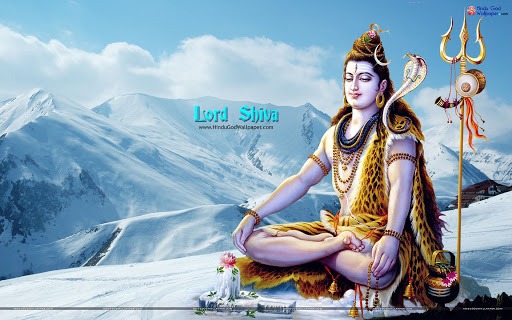Previously:
Just imagine - A highly revered and influential Guru - so powerful to be known as the ‘Lord of Death’ - doing prostrations and asking for forgiveness from an unknown young boy who has come to him to learn - to become his disciple. And that too for something which was not even his fault.
Then, in order to repay – to compensate for his discomforts for three days and nights outside his house - Dharm Raj offered to grant three boons to Nachiketa. ~~~~~~~~~~~~~~~~~~~~~~~~~~~~~~
Shant Sankalpah Sumanaa yatha syaad
Veetamanyuh Gautamo Ma Abhi Mratyo
Tavat Prasrishtam Ma Abhivadait Paratit
Etat Treyanaam Prathamam Varam Vranay
(Kathopanishad 1- 10)
Nachiketa said “O Lord. As the first of the three boons, I choose that when you send me back, Gautam - my father should be calm, kind and free from anger towards me; that he may greet me and accept me (with love)”
For his first boon, Nachiketa could have asked for unlimited wealth, power, or kingdom - but instead, he asked for a good and pleasant relationship with his father.
At first, it may seem like a childish desire.
Because after all, Nachiketa is a child; uncertain and insecure.
So, he is asking for the protection of the only person he has known to be there for him whenever he needed any help.
Just like a child, when scolded or beaten by the mother, yells for help by calling ‘Mommy…Mommy’.
Interestingly, he still calls his mother for help, knowing that it’s the mother who is scolding and hurting him in the first place.
Similarly, we may think that because his father shouted at him angrily - saying ‘to death, shall I give thee' - Nachiketa’s first wish, like any other child, is to regain his father’s affection.
But Nachiketa is not like an ordinary small innocent child who does not know any better.
Nachiketa is a highly learned and wise young boy, who knows that family plays a very significant role in any individual’s life. He understands that keeping healthy and pleasant relationships within one’s family is very important. Though his father shouted at him angrily, Nachiketa knows that his father did not mean it; that his father loves him-unconditionally.
Nachiketa also knows that he, himself was the reason for his father’s anger.
He bothered him when he was engaged in serious discussions with his friends and consorts. He even taunted his father and insulted him in front of his friends and other nobles, so his anger was justified. Therefore, he is not keeping any grudge against his father and wants his father to lose his anger as well.
The ancient Scriptures have a subtle way of teaching morals and good conducts to society in the form of stories.
Not only in India, loving and respecting one’s parents and elders has been an important part of all cultures around the world.
Unfortunately, it’s declining.
Most elders and parents, especially from India, are always complaining about their children not respecting them enough.
But they tend to forget that it’s a two-way street; that healthy and pleasant relationships have to be maintained from both sides.
Nachiketa’s choice of this first boon should not be translated and preached to teach only to the children and younger generation.
It should be applied to elders as well; to equally love and respect their children and younger generation.
Ironically, some seekers or devotees, who are inclined towards spirituality and are followers of some spiritual path or a spiritual Guru, do not see the importance of having good and healthy relationships with the people around them. Searching for God and self-purpose and secrets of life are indeed important, but in the end, if we don't know how to make use of all that knowledge - to have healthy relationships with people and our surroundings, then what have we really learned?
Imagine you set aside your family, friends, and relatives to discover God and the secret of life and when you discover ‘the secret’, it tells you to love everyone.... including your family and relatives whom you had left - how ironic would that be?
Nachiketa understands this.
He could have asked to become the king of the whole earth.
But instead of asking for wealth, power, or kingdom, he asks for a pleasant relationship with his father and his family. (Father being the head, represents the whole family.)
Yatha Purastaad Bhaviata Prateeta
Auddyaalaki Aaruni mat Prasishtah
Sukham Raatrih Shayitaa Veetmanyuh Tvaam
Dadrishivaan Mratyu Mukhaat Pramuktam
(Kathopanishad 1 -11)
Dharm Raj happily grants this first boon saying: "He will not have any resentment against you. He will lose his anger and will treat you with love and affection just as before".
Then, as his second boon, Nachiketa talks about Swarg-Lok (heaven) and how to attain it.
In the next verse, there is a beautiful – short and brief but precise definition of Swarg or Heaven.
‘Rajan Sachdeva’
‘To be continued’




